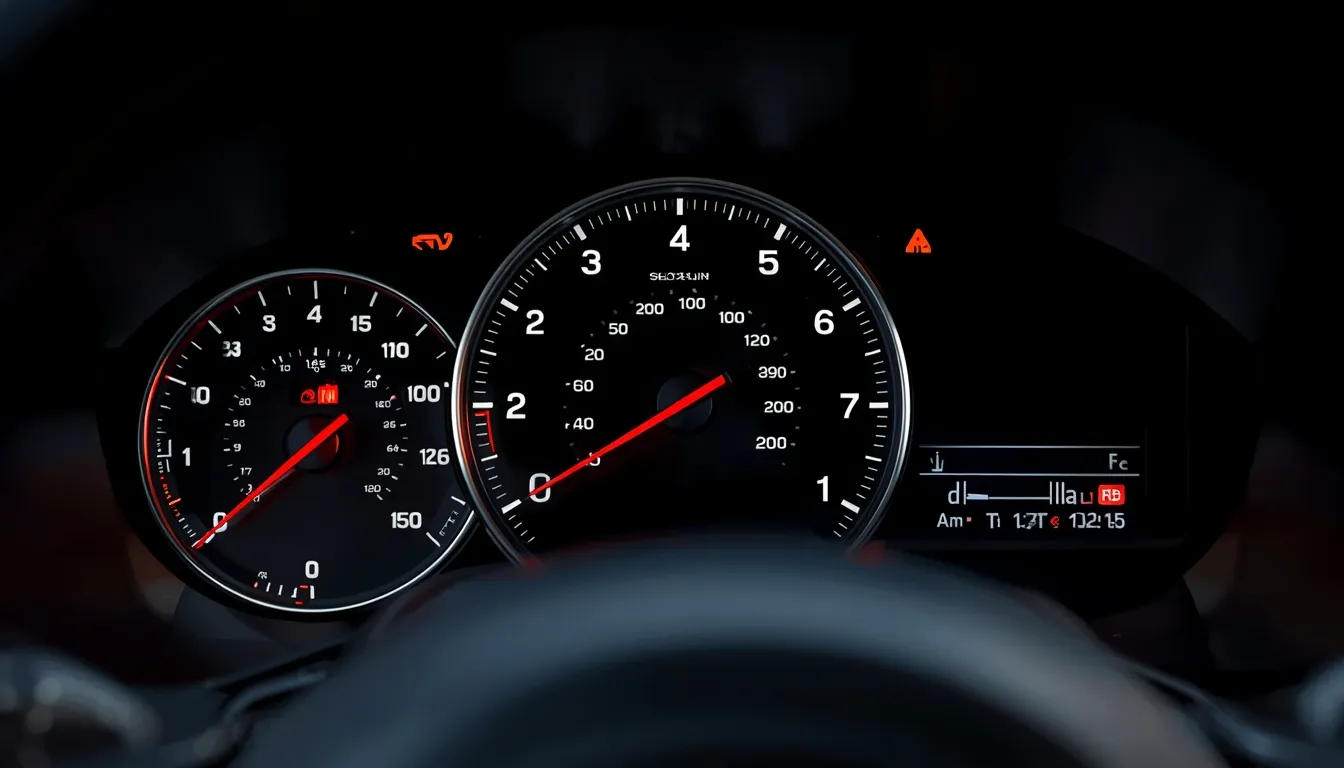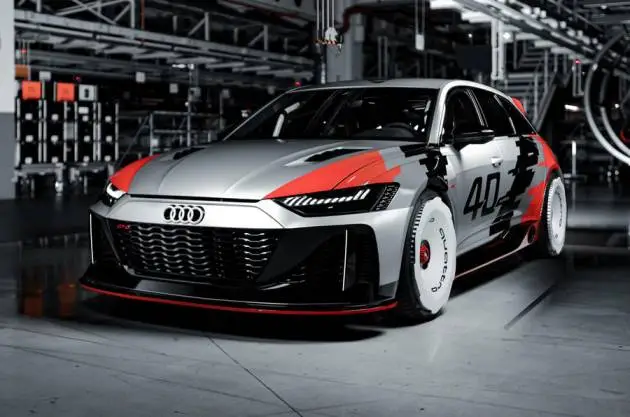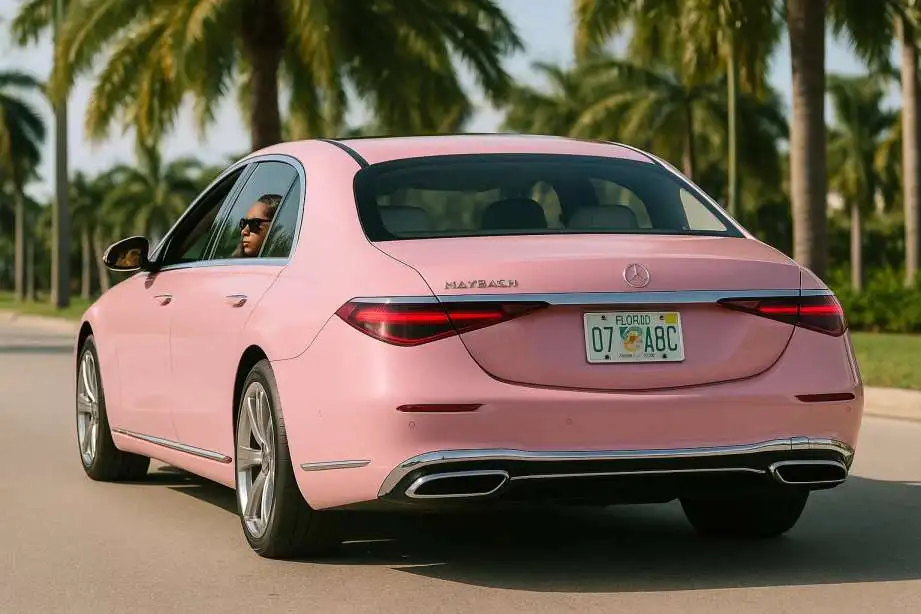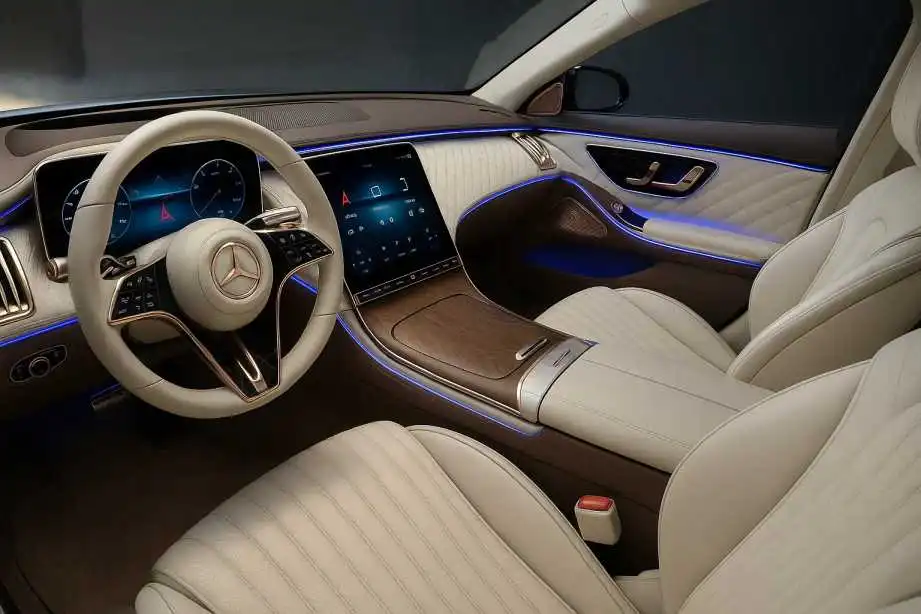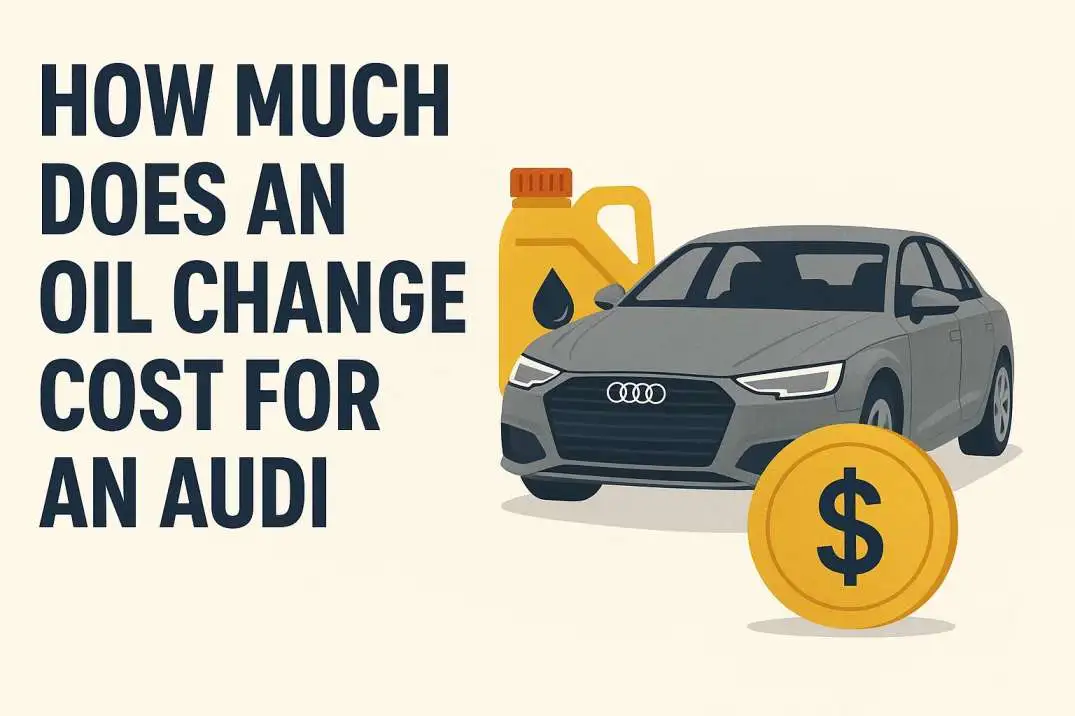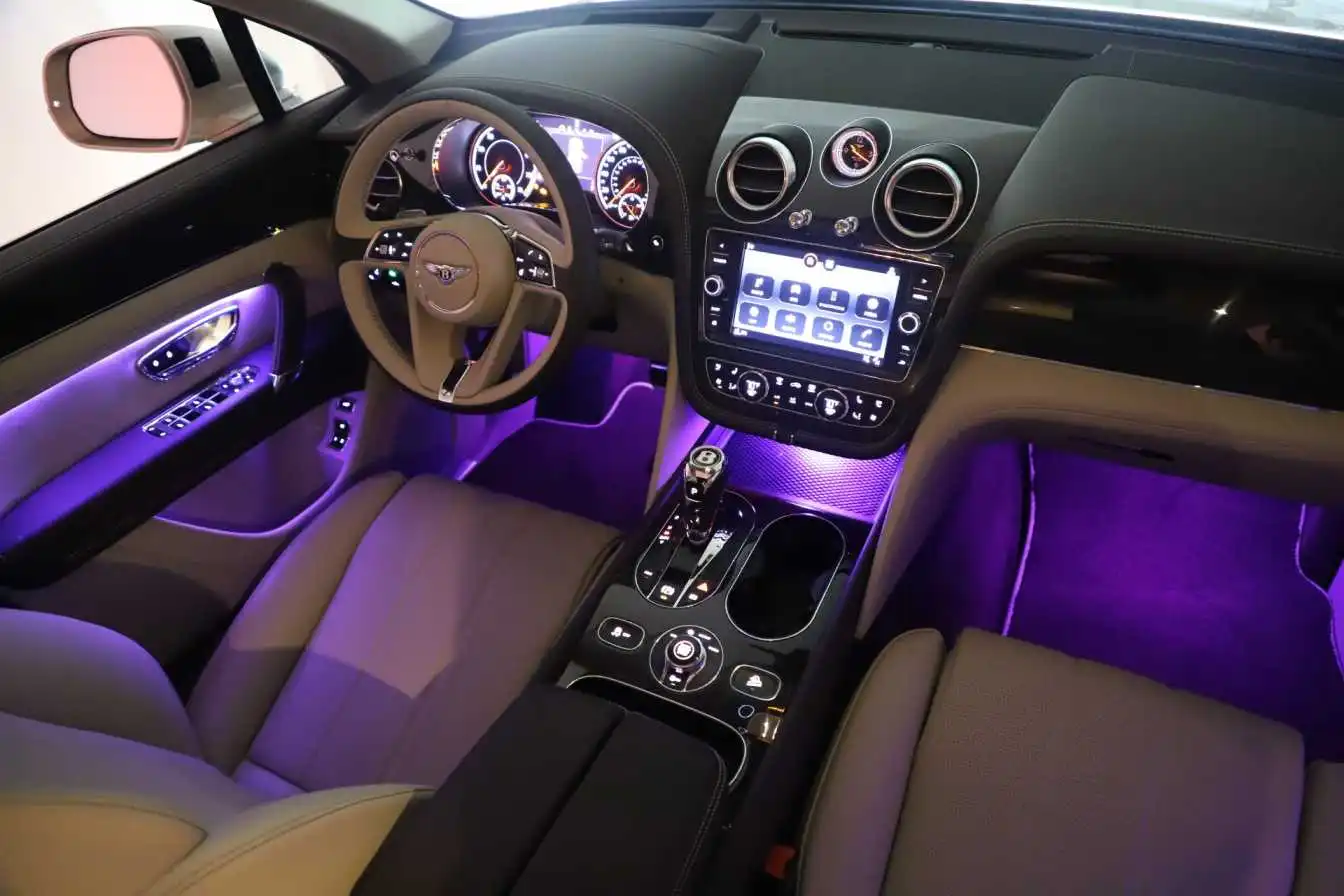Hybrid vs Diesel BMW X3: Which One to Buy?
In the world of extravagant compact SUVs, few names carry the distinction and execution notoriety of the BMW X3. Known for its adjusted ride quality, premium contribution, and driving flow, the X3 has ended up a favorite among devotees and families alike.
But with advancing emission standards and rising fuel costs, buyers are presently confronted with a vital address: Ought you to go for the BMW X3 half-breed or the diesel variant? This is the Alpina XD3, a quad-turbo BMW X3 that is an especially savage and fuel-efficient hybrid SUV. It will be making a big appearance at the Geneva auto show. And of course we can’t have it.
Under the hood is BMW’s most capable turbo-diesel motor, a 3.0-liter straight-six with no less than four turbos, 382 hp, and 568 lb-ft of torque from as low as 1750 rpm.
It’s the imposing and illegal motor that also shows up in the Euro-spec M550d and 750d (and one-ups BMW’s tri-turbo diesel in the previous-gen M550d and current X5 and X6 M50d). Alpina guarantees a zero-to-62-mph time of 4.6 seconds and a 165-mph best speed, which is about in line with the 355-hp 2018 X3 M40i we tested.
Hybrid vs Diesel BMW X3: Which One to Buy?
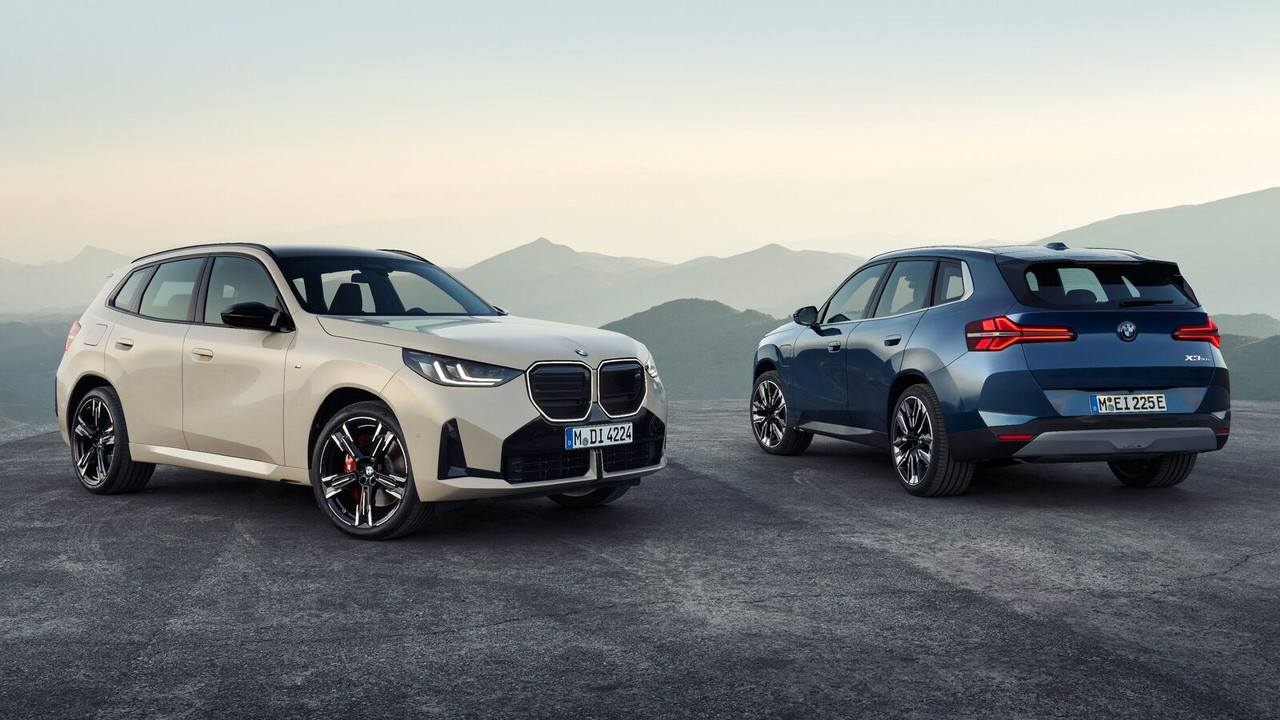
Oddly, right-hand-drive models bound for the U.K. come with BMW’s twin-turbo diesel six, which cuts yield to 329 steeds and 516 lb-ft. That’s indeed less capable than Alpina’s past twin-turbo XD3. Too bad, blokes.
Related Article: 5 Key Facts About BMW X5 Towing Capacity
Outside the motor compartment, the XD3 gets the normal ultra-classy Alpina treatment, with a custom chin spoiler and Alpina brake calipers behind oh-so-gorgeous 20-spoke wheels with covered-up disc spouts (the car in the photo here is wearing discretionary 22s).
The changed computer program mapping for BMW’s xDrive all-wheel-drive framework and the eight-speed programmed transmission. The Alpina identification on the controlling wheel (which highlights thrust buttons in put of move paddles), a leather-covered instrument board with an advanced gauge cluster, and custom calfskin and wood trim are included, too.
The U.S. advertising is getting an X3 diesel before long, which is sufficient, but likely it’ll utilize the same 2.0-liter four-cylinder as in our 328d. Fortunately, we can involve a high-powered diesel six, conveying a solid 261 drive and 457 lb-ft, in our 540d car.
In this in-depth comparison, we’ll investigate the pros and cons of each powertrain, jumping into execution, fuel effectiveness, possession costs, driving involvement, and appropriateness for Indian streets to offer assistance so you make the right decision.
Plug-in-Hybrid (X3 30e)
Plug-in hybrid electric vehicles (PHEVs) comprise 2 sources of control. To begin with, one is a customary combustion motor, and the otheris a battery pack associated with an electric engine. PHEVs ordinarily have greater batteries than crossbreed cars, which permits them to run on electric control alone for brief distances.
Ranges are regularly 25-30 miles on immaculate electric control. This implies that you can take brief urban ventures without ever utilizing a drop of fuel.
The combustion motor kicks in when the battery runs out or when additional control is required, such as when driving over the speed of 60 miles per hour. This combination, moreover, decreases the outflows essentially, which is an included advantage. On the combined cycle the X3 PHEV can oversee a WLTP-claimed 117 MPG (miles per gallon).
Read Also: How Much Does BMW Sell the Locked Nut Wheel For?
The X3 PHEV has a greater 12 kWh battery pack, which needs to be charged utilizing an outlet. You can charge it either with an ordinary, family three-pin plug, a divider charger, or an open charging point. Utilizing a 3kW family plug is the slowest choice—a full charge is likely to take five to six hours. The other alternative is to introduce a divider box charger that can charge the batteries in an hour.
The X3 PHEV can be an incredible first step if you are not totally prepared to hop into the world of unadulterated electric vehicles. It has the potential to spare a part of cash in fuel, decrease outflows, and fit into your way of life as well.
If a larger part of your commute is brief urban ventures, at that point a PHEV might be best suited for you. The X3 30e is more costly to purchase, but it can counterbalance the additional toll when you consider the investment funds in fuel costs.
Pure Electric (IX3)
All electric vehicles, also alluded to as battery electric vehicles (BEVs), have an expansive battery pack and an electric engine instead of a combustion motor. As there is no fuel being burnt, these cars might be a small bit diverse to drive. For starters, EVs are exceptionally noiseless, and there are no gears. Electric engines make torque right away, which makes the speeding up exceptionally brisk.
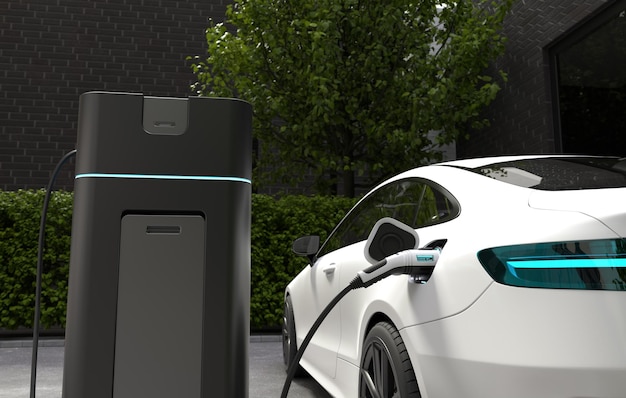
The batteries in an EV are made of lithium-ion cells, which are the same kind you can discover in your versatile phone or tablets. These batteries are associated with an electric engine through high-voltage cables, and when you step on the quickening agent, the power streams from the batteries to the engine, making the wheels turn.
Modern EVs can travel noteworthy distances on a single charge. The modern BMW iX3 can travel up to a claimed 280 miles on a single charge. This translates to noteworthy reserve funds on fuel costs with the included advantage of zero emanations. EVs are less demanding on the wallet when it comes to support, as there are fewer moving parts compared to a fuel-fueled car.
The iX3 has an exceptionally huge battery (80 KW) that can take a long time to charge utilizing an ordinary 3-stick attachment. In this manner, it is fitting to introduce a divider box charger that can charge your car overnight. Quick chargers and fast chargers can charge your car from 0 to 80% in 45 minutes. All BMW electric vehicles can acknowledge fast charging, with the iX3 indeed capable of charging up to 150 kW.
With a developing array of quick chargers over the nation, EVs are getting to be reasonable for any circumstance. The iX3 offers common sense and energetic dealing that you anticipate from the BMW X3, along with an environment inviting an electric drivetrain.
Final Thoughts
The BMW X3 half-breed speaks to the future of extravagance and versatility: clean, effective, and energetic. But the X3 Diesel still offers unmatched unwavering quality and productivity for the Indian showcase, particularly in tier-2 or highway-dominant areas.
Ultimately, your choice comes down to how you drive and where you drive. If you're in a metro city with standard commutes, the crossover is a savvy venture in consolation and fuel reserve funds. For cross-state travelers and those without charging access, the diesel X3 remains a strong and demonstrated choice.

